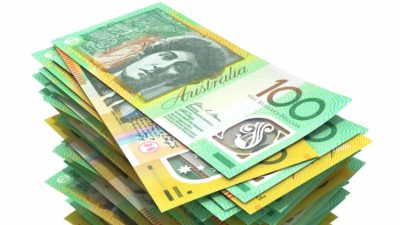The Australian share market is a great place to generate some passive income.
But could I pull in $500 a month from an ASX share portfolio?
The good news is that with a combination of time, patience, and capital, it is entirely possible for me to achieve this goal.
Let's dig deeper into what I would need to do.
$500 a month from an ASX share portfolio
If I were starting from zero, then the first thing I would need to do is get the ball rolling and put money into the share market.
I would look to put $500 a month into my ASX share portfolio each month, with a focus on the highest quality companies that I can find.
At present, this might include ASX shares such as CSL Ltd (ASX: CSL), Pro Medicus Limited (ASX: PME), and WiseTech Global Ltd (ASX: WTC).
By focusing on companies with strong business models, sustainable competitive advantages, and positive long-term growth outlooks, I stand the best chance of compounding every investment I make into my portfolio.
The share market has historically delivered an average total return of approximately 10% per annum. Some years it will be more, some years it will be less. But over time, this is what it averages out to be.
There's no guarantee that it will continue to do this, but it is fair to assume that it will and base our calculations on this expected return.
With that in mind, if I were to invest $500 a month into my ASX share portfolio and generated a 10% per annum return, my portfolio would grow to be worth just over $100,000 in 10 years.
Dividend income
Once my portfolio hits the $100,000 mark, I have the option to change my focus from compounding to income.
By switching my portfolio's focus to high-yield ASX dividend shares, such as the ones in this article, I could average a 6% dividend yield across a diversified portfolio.
Doing so would lead to my portfolio generating $6,000 of annual dividend income.
Unfortunately, there aren't many ASX shares that pay out dividends every month, so I would just have to distribute a portion of my dividend income accordingly each month.
Overall, I believe this is a very achievable strategy for investors to consider. The key is to stick with it through thick and thin to allow compounding to work its magic.









